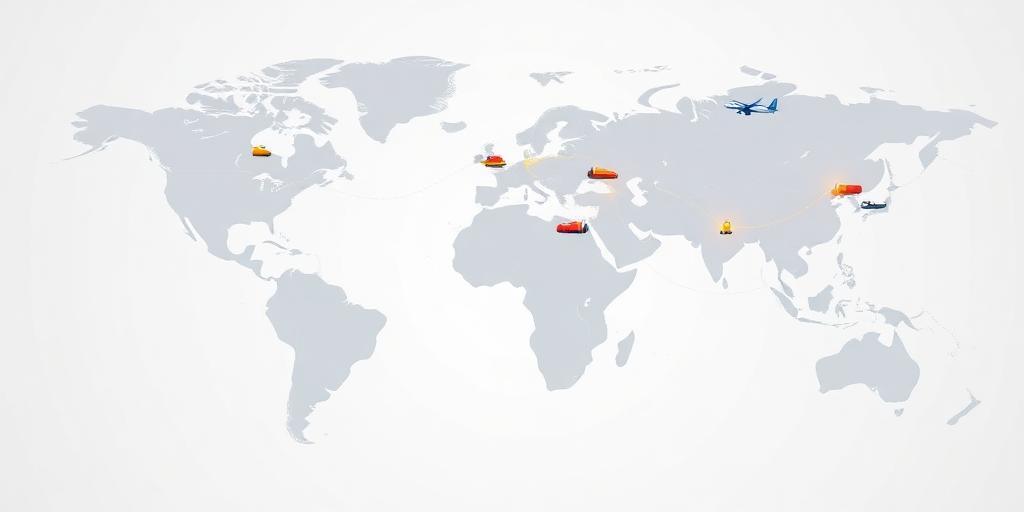The Future of Global Trade: Geographic Shifts
The landscape of global trade is in constant flux, shaped by a complex interplay of economic, political, and technological forces. Understanding these shifts is crucial for businesses, policymakers, and anyone interested in the future of the global economy. This post will explore some of the key geographic shifts occurring in global trade and what they mean for the future.
1. The Rise of Emerging Markets
For decades, global trade was largely dominated by developed economies like the United States, Europe, and Japan. However, emerging markets are increasingly playing a more significant role. Countries like China, India, Brazil, and Southeast Asian nations are experiencing rapid economic growth, driving increased demand for goods and services and expanding their export capabilities.
- China: Continues to be a dominant force, evolving from a low-cost manufacturing hub to a major consumer market and exporter of high-tech goods.
- India: With its large population and growing middle class, India is becoming an increasingly important player in global trade, particularly in services and manufacturing.
- Southeast Asia: Countries like Vietnam, Indonesia, and Thailand are attracting investment and expanding their manufacturing sectors, offering alternative production locations to China.
2. Regionalization and Trade Blocs
In response to global uncertainties and a desire to foster closer economic ties, regional trade agreements are becoming more prevalent. These agreements aim to reduce tariffs, harmonize regulations, and promote trade within specific geographic areas.
- Examples:
- The Comprehensive and Progressive Agreement for Trans-Pacific Partnership (CPTPP)
- The African Continental Free Trade Area (AfCFTA)
- The Regional Comprehensive Economic Partnership (RCEP)
These regional blocs can create new opportunities for businesses within member countries while potentially posing challenges for those outside the agreements.
3. The Impact of Geopolitics
Geopolitical tensions and conflicts significantly impact global trade patterns. Trade wars, sanctions, and political instability can disrupt supply chains, increase trade costs, and lead to shifts in trade flows.
Example: The trade tensions between the United States and China have led to tariffs on various goods, impacting businesses and consumers in both countries and causing some companies to seek alternative sourcing locations.
Considerations: Businesses need to monitor geopolitical developments closely and diversify their supply chains to mitigate risks associated with political instability.
4. Technological Advancements
Technology is revolutionizing global trade, making it faster, more efficient, and more accessible. E-commerce, digital platforms, and automation are transforming how goods and services are traded across borders.
- E-commerce: Facilitates cross-border trade for small and medium-sized enterprises (SMEs), allowing them to reach new markets and customers.
- Blockchain: Enhances transparency and security in supply chains, reducing fraud and improving traceability.
- Artificial Intelligence (AI): Optimizes logistics, improves forecasting, and automates trade processes.
5. Reshoring and Nearshoring
In recent years, there has been a growing trend of reshoring (bringing production back to the home country) and nearshoring (relocating production to nearby countries). This shift is driven by factors such as rising labor costs in some emerging markets, supply chain disruptions, and a desire to reduce reliance on distant suppliers.
- Benefits:
- Shorter supply chains
- Reduced transportation costs
- Greater control over production
- Improved responsiveness to customer demand
Conclusion
The future of global trade is characterized by significant geographic shifts, driven by emerging markets, regionalization, geopolitics, technology, and changing sourcing strategies. Businesses need to stay informed about these trends and adapt their strategies to navigate the evolving global trade landscape effectively. By understanding the opportunities and challenges presented by these shifts, companies can position themselves for success in the future global economy.









